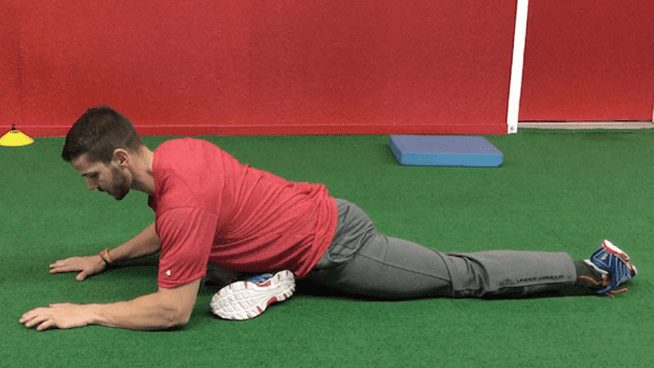
The best online fitness resource you'll ever need. We filter out the BS to ensure you meet your health and fitness goals!

The best online fitness resource you'll ever need. We filter out the BS to ensure you meet your health and fitness goals!

Pigeon stretches, most commonly taken from the yoga asana Pigeon Pose, are hip opening forward bends. Pigeon stretches generally come in three different flavours: first, you have the basic pigeon pose, as can be found in most leisure centre yoga classes; then you progress up to mermaid pose, a slightly deeper, more advanced version; finally, you have the One-Legged King Pigeon.
It takes a good while to get comfortable in any variety, so progressing through them will take a long time. In fact, it can take a lot of time to get comfortable in the basic pigeon stretch, and many people don’t want or need to take it farther than this.
As a specific hip opener and forward bend, a pigeon pose will stretch your thighs, groin, lower back, spinal erectors, piriformis and psoas. The front leg will experience a rotator and outer hip stretch, whilst the rear leg extension will experience a deep stretch to the psoas and other hip flexors.
Because of this, pigeon stretches are often thought of as a good remedy for tight muscles due to sitting all day, as many of us do. They are also great for athletes who take a lot of stress into the effected muscles. If you spent a lot of time squatting, for instance, you may want to consider including pigeon pose in your regular practice. It will help you to heal faster, decreasing DOMS in the lower body, and will improve your range of motion, thus aiding you as you aim for proper technique in your lifts.
For yogis and/or gymnasts, pigeon pose variations work well as preparations, warmups, cooldowns or entries into seated postures and more intense backbends.
Let’s look at the most basic version of pigeon pose, as taught to new yogis around the world. We will approach it today as if you’re coming from a full plank position, though there are of course many ways to get into a full pigeon pose. Either way, it will be most comfortable to perform a pigeon pose on a yoga or exercise mat.
To perform a pigeon stretch:
This is a basic pigeon pose. From here, you should feel the stretch in your right outer hip and the front of your left thigh and hip. If this is enough for you, that’s absolutely fine. Hold it for thirty seconds on each side and then change leg.
If you feel you can go a little deeper:
Pigeon pose itself is quite involved. Performed correctly, it’s one of the most beneficial stretches you can run through to build and maintain healthy hip and lower back mobility. However, in part because there is so much going on, there are also a fair few common mistakes that you should look out for and avoid as you practice it. These include:
Pigeon stretches, including all variations of the pigeon pose, are amongst the best hip opening exercises going, especially for internal rotation. Use them as part of your regular mobility drills, as part of a yoga practice, or as a stretch after a heavy leg workout. Either way, you will find yourself with looser, more mobile hips and less stiffness in your lower back as a result.